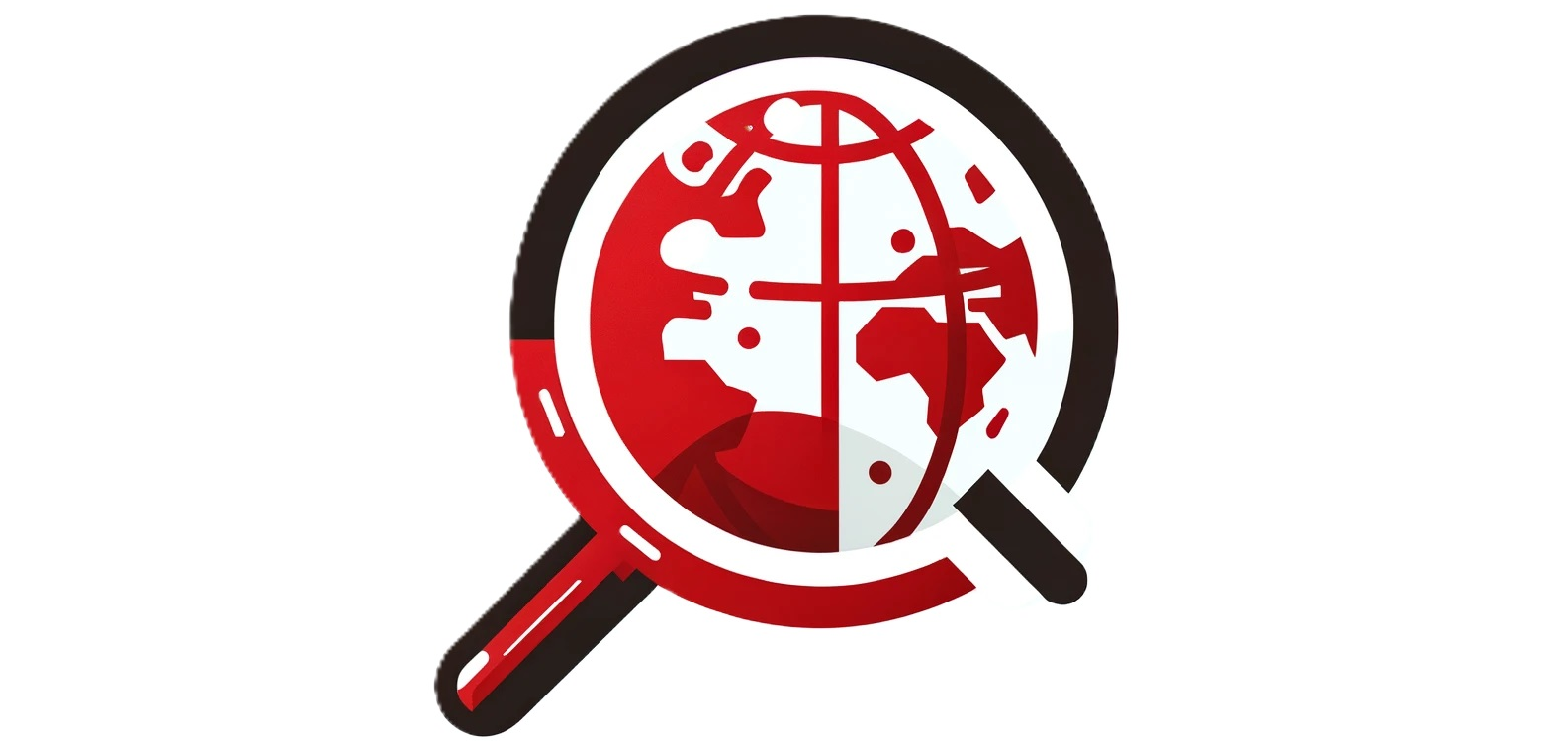All manufactured goods sold in the European Union (EU) must comply with a series of health and safety regulations before they can legally enter the EU market.
A wide range of EU regulations exists to ensure that consumer products and materials are safe and effective to use by European citizens. One of strictest class of products include EU regulations for passenger cars, trucks, buses, along with agricultural tractors. These products are assessed according to requirements tailored to their unique hazards and environmental concerns associated with their use. Once certified, they are e/E-marked certified, rather than Conformitè Europëenne (CE) Mark like other manufactured products.
In this guide, we´ll go through the key things you need to know about the e-Mark certification.
What Is E-Mark Certification?
An E-Mark or e-Mark is a European conformity mark that proves a vehicle or vehicle component complies with regulations, laws and directives in the European Union. All items sold in Europe must bear an E-Mark.
The E-mark certification is issued by a certified authority. However, because each country has its own certifying body, the EU ECE approval can be very complex. Many businesses use an independent, third-party technical service team to test all the relevant vehicle parts to ensure they are compliant and overcome common disruptions in the automotive supply chain. The manufacturers can affix the e-Mark sticker onto the vehicle parts and provide a certificate.
What Is the Difference Between an e-Mark and E-Mark?
The European Commission (EC) initially developed the first set of regulations to create a standard set of vehicle regulations for all EU member states. Whereby the approval is shown with the lowercase “e”.
The United Nations Economic Commission for Europe (ECE) created the second set of parallel vehicle regulations. While the UN regulations cover nearly identical requirements, they are more globally applicable rather than simply being in place for the EU. Products certified to the UNECE regulations are marked with an upper-case “E”.
Simplified EU Vehicle Type Approval
Over the past several years, the European Commission has simplified vehicle approvals by acceding its community-wide regulations to those of the UNECE. Only a single ECE type approval for vehicles and vehicle ESAs is required for all of Europe. This single type of approval is denoted by having the upper-case “E”-mark placed on the vehicle or ESA.
A properly E-Marked product is granted unrestricted access to the EU market and can nearly always be used without further testing, assessment, or other conformity marks. In addition, the value of an E-mark can extend beyond Europe since many countries model their compliance requirements to those of the European Union, and many accept E-Mark reports as suitable proof of compliance.
The full scope of European motor vehicle regulations is outlined at a high level in the European Commission framework directive 2007/46/EC. The directive lists the vehicle systems and performance attributes that are regulated and the associated regulations that apply, for example:
- Tailpipe Emissions
- Safety Restraints
- EMC, and others
Since December 2014, the European Commission has acceded its requirements for EMC to the UNECE requirements in UNECE Regulation 10. For vehicles and ESAs mounted on vehicles, the applicable EMC requirements are listed in UNECE Regulation 10 Revision 5, and the type-approved certified system will be labelled with an upper-case E-mark.
The product-specific framework regulation for agricultural and forestry tractors is EC Regulation No. 167/2013.

What Are the Benefits of the E-Mark Certification?
The main benefit of the e Mmark certificate is that your vehicle and vehicle parts will comply with EU standards, and can therefore be legally sold within the EU market. Affixing the e-Mark sticker will help to avoid any recalls or loss of revenue due to lack of sales.
For motorcycles and their parts, noise and exhaust gases must comply with the European Commission (EEC Directives) and the European Economic Commission (ECE Regulation). The certification of conformity is granted to ensure the vehicle is safe enough and fits all the environment protection methods. The e-mark is affixed in many ways depending on the country of certification.
How Is the E Mark Certification Process?
To become e-Mark compliant, the testing that takes place must be independently certified. Firstly, you should determine if the e-mark testing or CE mark testing is applicable and correct for your products.
Next, you will need to ensure you have a test plan in place, and this should then be submitted to a certified body such as the Vehicle Certification Agency (VCA). This test plan should include all the possible worst-case selections to try and reduce the testing along with standard Electromagnetic Compatibility Testing (EMC) information.
After the approval has been finalized, testing can take place in a laboratory of your choice, but it will need to be certified to ensure it can perform the testing. If you can’t choose a laboratory, the testing should be done by a certified body representative such as a VCA-authorized witness.
The e-Mark involves a comprehensive assessment of the product’s performance and ensuring a thorough appraisal of the testing facility used. Once the clearance has been granted, applicants will be given an approval certificate which can be used to ensure the manufacturers affix the approval mark on the correct components and issue the certificate of conformity (CoC) for all the vehicles.
What Is the E-Mark Logo?
The e-Mark logo is rectangular, and the number inside the frame is the EU country code or the state number used for approval. If one state approves, it is sufficient for all other member states.
The EU certification, otherwise known as EC, is the e-mark based on the EU directive and is a safety certification mark. The European Commission requires all member states to apply the marking on a motor vehicle, vehicle parts and systems.
What Are the e-Marking Country Codes?
The country/state codes are as follows:
E1 – Germany, E2 – France, E3 – Italy, E4 – Netherlands, E5 – Sweden, E6 – Belgium, E7 – Hungary, E8 – Czech Republic, E9 – Spain, E10 – Yugoslavia, E11 – United Kingdom, E12 – Austria, E13 – Luxembourg, E14 – Switzerland, E16 – Norway, E17 – Finland, E18 – Denmark, E19 – Romania, E20 – Poland, E21 – Portugal, E22 – Russian Federation, E23 – Greece, E24 – Ireland, E25 – Croatia, E26 – Slovenia, E27 – Slovakia, E28 – Belarus, E29 – Estonia, E31 – Bosnia and Herzegovina, E32 – Latvia, E34 – Bulgaria, E37 – Turkey, E40 – Macedonia, E42 – European Community, E43 – Japan, E45 – Australia, E46 – Ukraine, E47 – South Africa.
Conclusion: Guide to E-mark Certification
All goods manufactured in the European Union are required to have an e-mark, which is a certification that signifies that they have met applicable EU/ECE regulations and can be sold in the EU. This certification has been introduced to make sure that all vehicles are safe, and the introduction of this regulation led to significant changes in vehicle production.
The E-Mark application process can often be complex – and many rely on independent third-party technical service teams to ensure compliance. At AQM BD, we can help ensure your vehicle and vehicle parts are of high standard and ready to be sent out and get their e-Marking approval. Contact us today if you need help with automotive parts inspections and quality control.





